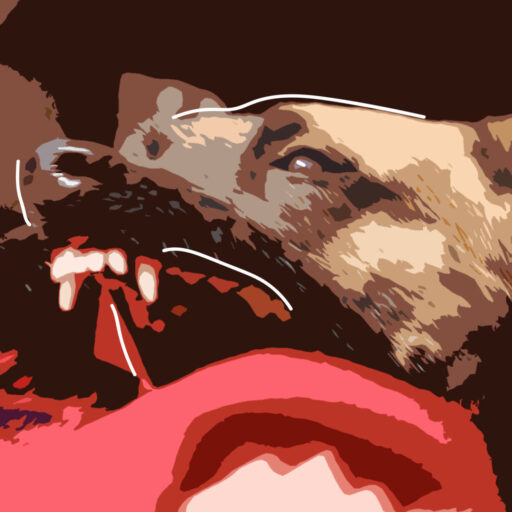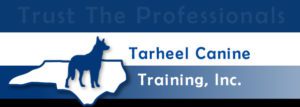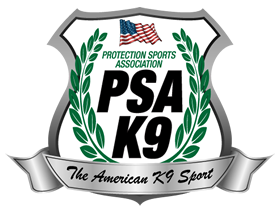Battling Equipment Fixation
In this episode, Jerry Bradshaw discusses:
-
Using the right equipment for the right stage and type of training for your canine.
-
What equipment fixation looks like and how you can overcome it.
-
Equipment orientation drills and the peeling the onion drill.
-
Training your dog to alert on human odors and with man primacy.
Key Takeaways:
-
Equipment fixation leads to street failures. Focus on the human form instead of biting equipment.
-
Proper, methodical transitions from hard sleeves to hidden sleeves help to build confidence and create focus on the human decoy. You never want to go from a satisfying bite to a less satisfying bite.
-
You want to be using the lowest profile hidden sleeves that you can, such as the ALM hidden sleeves.
-
Train dogs to focus on human odor, not equipment odors.
-
Your dog does not need to get the bite every single time. Especially when doing muzzle work, taking it off to get the bite every time might just introduce a different type of equipment to fixate on.
“Dogs are great economists because they’re going to want to trade for something of equal or greater value. If it’s equal value, it usually means that you’re giving them something and adding something in by your behavior so you’re creating a reward event.” — Jerry Bradshaw
Get Jerry’s book Controlled Aggression on Amazon.com
Contact Jerry:
Find us on social:
Youtube, Twitter, Instagram, Facebook,
PSA (Protection Sports Association)
Slideshare: Tarheel Canine
Thanks to our sponsors:
PSA & American Schutzhund
Aaron’s Superior Canine Email
Train hard, train smart, be safe.
Show notes by Podcastologist Chelsea Taylor-Sturkie
Audio production by Turnkey Podcast Productions. You’re the expert. Your podcast will prove it.


